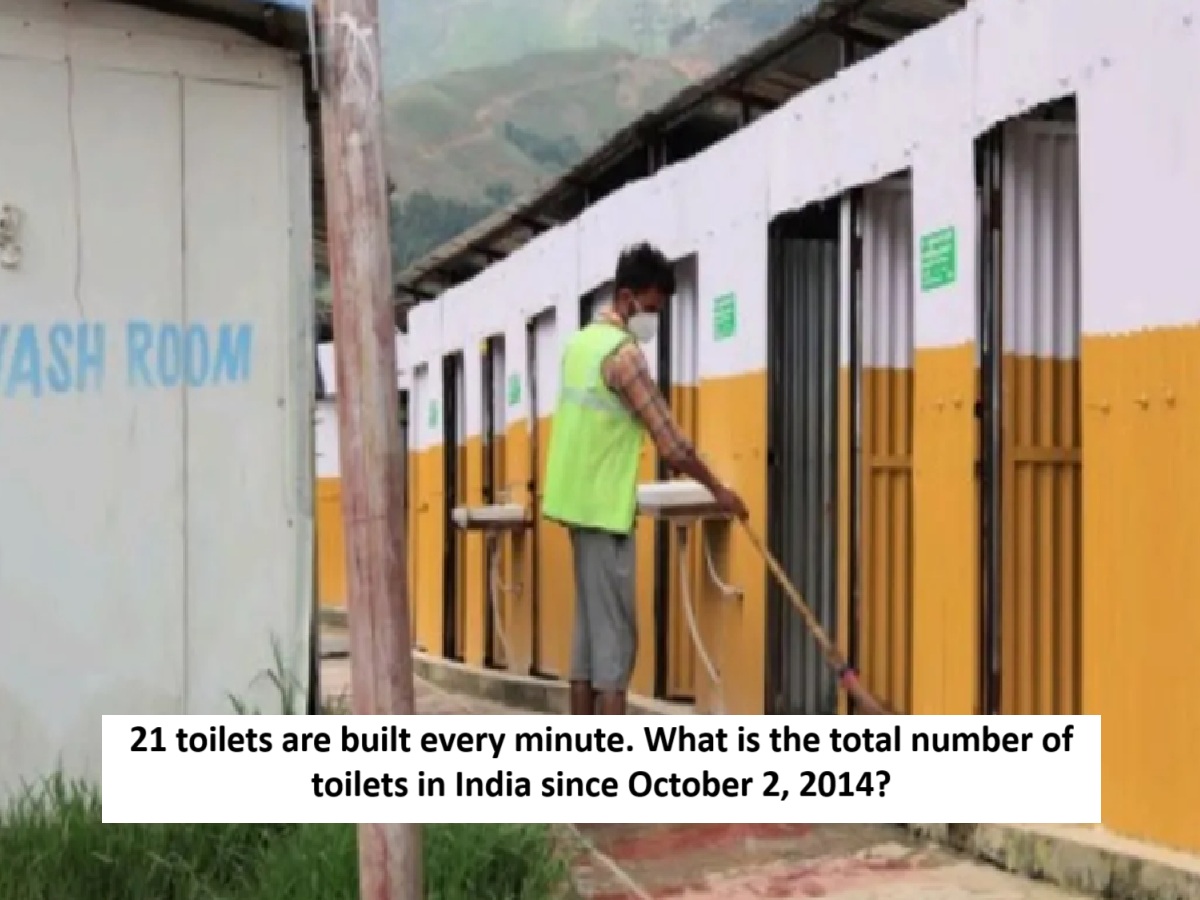
News Topical, Digital Desk : After coming to power in 2014, PM Modi vigorously launched the Swachh Bharat Abhiyan. The mission was launched 11 years ago on October 2, 2014, Mahatma Gandhi's birth anniversary. The Swachh Bharat Mission has significantly transformed the country's cleanliness during PM Modi's 11-year tenure. The mission aimed to eliminate open defecation, improve solid and liquid waste management, and maintain the dignity and health of citizens, especially women and the rural poor. In this article, learn how the Swachh Bharat Mission has transformed India.
How did India achieve the ODF target?
Under Phase 1, India achieved 100% sanitation coverage in rural areas by 2019, with the construction of more than 100 million individual household latrines. Subsequently, all villages declared themselves open defecation free (ODF). ODF stands for Open Defecation Free.
What work has been done on waste management?
Subsequently, Phase-2 was launched in April 2020. The focus was on maintaining ODF status and achieving ODF Plus through improved solid and liquid waste management (SLWM). By March 17, 2025, out of 5 lakh 86 thousand villages, more than 5.64 lakh villages have declared themselves open defecation free. These include 1 lakh 12 thousand aspirational, 7 thousand 337 rising and 4 lakh 44 thousand model villages. At the same time, 5 lakh 3 thousand villages have implemented solid waste management.
How are 21 toilets built every minute?
If we consider the total number of toilets built in the last 11 years, the answer is 120 million. In addition, 253,000 public toilets were also constructed. Calculating the number of toilets built in 11 years, we find that 21 toilets were built every minute in India. This has eliminated the problem of open defecation and improved public health and hygiene.
How much money does the government and the state spend?
It's worth noting that the household toilet project involves funding from both the central and state governments. In the northeastern and Himalayan states, the funding is split 90:10. In all other states, the central government contributes 60 percent and the state government 40 percent.
Read More: New twist in Sandekhali case, truck driver who hit witness arrested
--Advertisement--

 Share
Share



